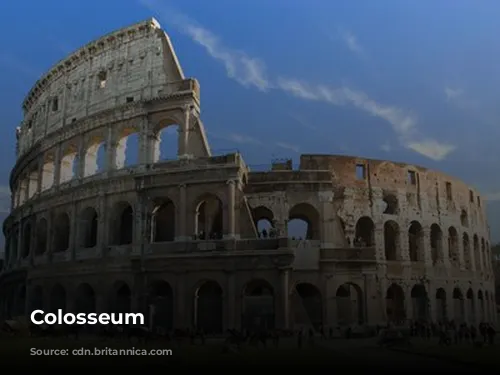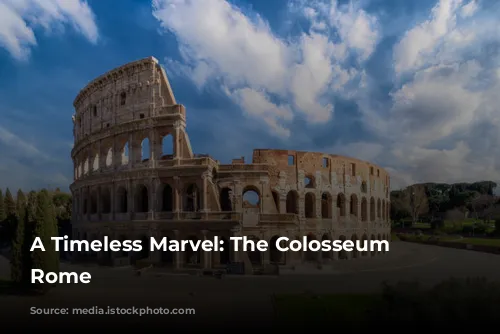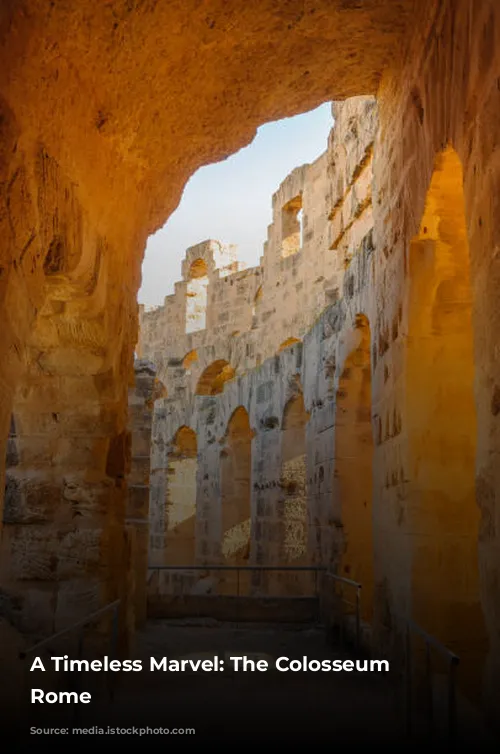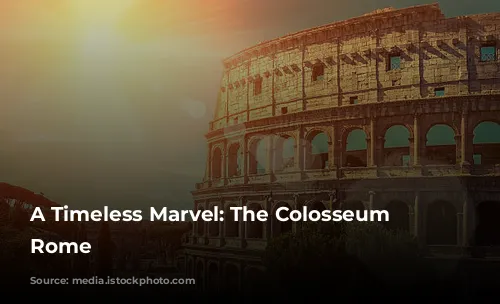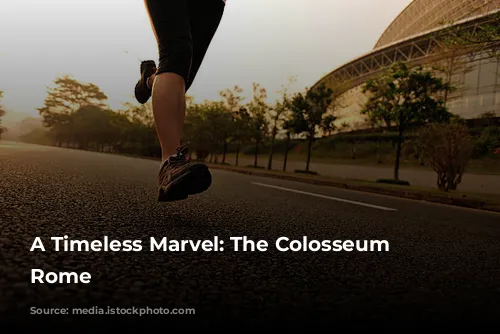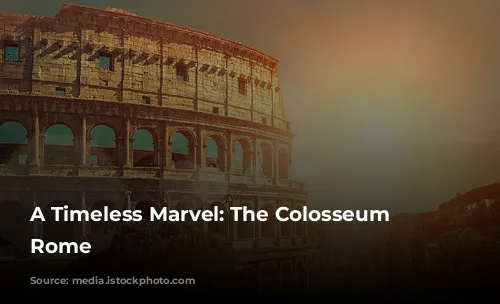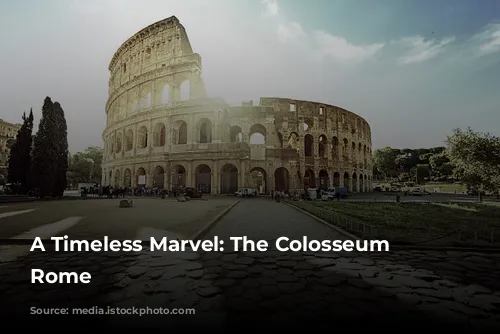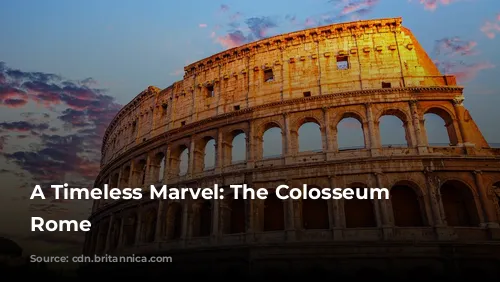The Colosseum, a towering testament to Roman ingenuity and architectural prowess, stands as one of the few relatively intact structures left from the ancient Roman Empire. More than just a historical landmark, it is also a major tourist attraction for Italy, bringing in substantial revenue for the government. In 2018 alone, the Colosseum, Roman Forum, and Palatine Hill combined generated over $63.3 million (€53.8 million), making it Italy’s highest-earning tourist site.
A History of Change and Renewal
The Colosseum’s journey has been marked by periods of decay and revival. Following the fall of the Western Roman Empire, the once-grand amphitheater fell into disrepair. In the 12th century, the Frangipane and Annibaldi families transformed the arena into a fortress, a stark contrast to its former glory. The late 15th century saw Pope Alexander VI grant permission for the Colosseum to be used as a quarry, further contributing to its deterioration. After centuries of neglect, state-funded restoration efforts began in the 1990s, breathing new life into this ancient wonder.
From Imperial Ambition to Public Spectacle
The Colosseum’s construction was born from the ambition of Emperor Vespasian to revitalize Rome after the chaotic “Year of the Four Emperors” in 69 CE. Like other amphitheaters, Vespasian intended the Colosseum as a center for entertainment, hosting a wide array of events, including gladiator fights, animal hunts, and even mock naval battles. The Colosseum symbolized a shift from the tyrannical rule of Nero to a more public-facing approach, showcasing the power of Rome through spectacle and entertainment.
A Legacy of Labor and Plunder
Construction of the Colosseum began under Vespasian’s reign between 70 and 72 CE. The completed structure was dedicated in 80 CE by Titus, Vespasian’s son and successor. The Colosseum’s fourth story was later added by Emperor Domitian in 82 CE. Notably, the Colosseum was financed with spoils from Titus’s conquest of Jerusalem in 70 CE, and it was built by enslaved Jews from Judaea. This aspect of the Colosseum’s history serves as a stark reminder of the complexities of the Roman Empire’s expansion and its reliance on forced labor.
A Monument of Engineering and Architectural Brilliance
The Colosseum, also known as the Flavian Amphitheater, is an elliptical structure made of stone, concrete, and tuff. It stands four stories tall at its highest point, measuring an impressive 620 by 513 feet (189 by 156 meters). This massive structure could accommodate up to 50,000 spectators, who were shielded from the sun by a retractable awning known as a velarium. The Colosseum’s construction utilizes a complex system of barrel vaults and groin vaults, showcasing the ingenuity of Roman engineers.
A Journey Through Time
The Colosseum’s story extends beyond its initial purpose as a site for gladiatorial combat. In medieval times, it served as a church, then as a fortress for powerful Roman families. Despite enduring damage from lightning, earthquakes, vandalism, and pollution, the Colosseum’s grandeur endures. Over 1,000 years of neglect saw the disappearance of marble seats and decorative materials, but the Colosseum’s structural foundation remained strong.
A Lasting Legacy of Entertainment and History
Preservation efforts began in the 19th century, with notable contributions from Pope Pius VIII. A significant restoration project was undertaken in the 1990s, restoring the Colosseum to its former glory. Today, the Colosseum remains one of Rome’s most iconic tourist attractions, attracting millions of visitors each year. Regular exhibitions shed light on ancient Roman culture, keeping the legacy of this remarkable structure alive for generations to come.


